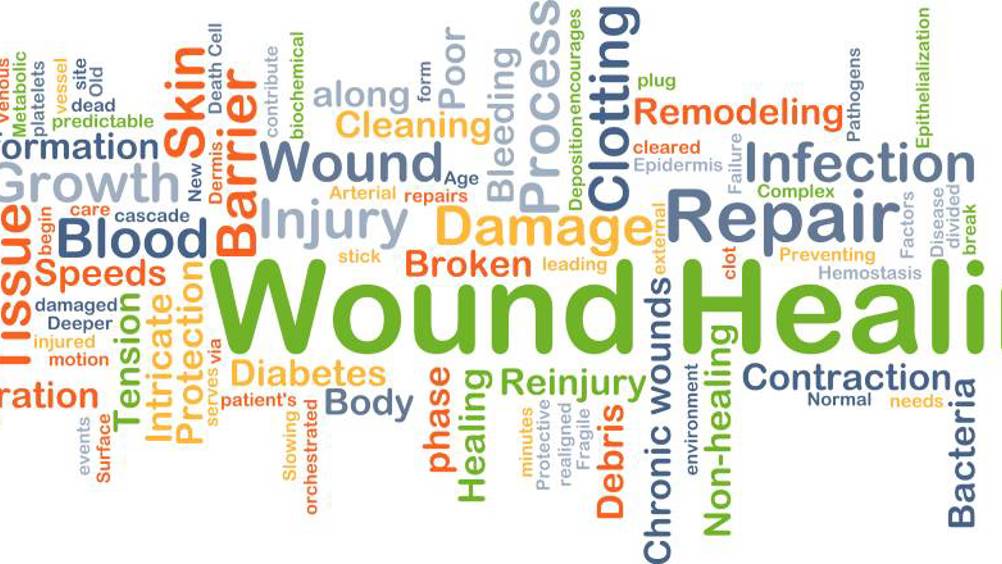Language plays a vital role in fundamental human connections. Although all species have their ways of communicating, humans are the only ones that have mastered cognitive communication. Language allows a form of release and understanding that nothing else can match, allowing thoughts to be translated into something tangible.
Language will forever grow organically. It changes with the times, our environment and social conscience, as it does within wound care. We need only look back a couple of decades to see how our language has changed. If you consider the terminology relating to pressure ulcers, we have gone from bed sores to pressure sores to pressure ulcers, and now even pressure injuries. The language has evolved, along with changes in customs and practices. But do the changes in language also change the direction of how we manage and treat patients? Does this have a wider influence on healthcare? Do the words we choose in our day-to-day practice and the terminology we assign have the potential to shape the care and services of the future?
When the word ‘ulcer’ is used, is it the best terminology or does this word actually cause barriers to care? To many medical staff an ulcer is still something that occurs in the stomach or the mouth. Intriguingly, we speak about ‘pressure ulcers’ even when referring to intact skin. Should a non-blanching area of intact skin even be called a pressure ulcer? How do you articulate the difference between a wound and an ulcer? How can a patient with diabetes have a foot ulcer from point of occurrence, while a wound on the leg is just a leg wound until an arbitrary amount of time (2 weeks) has passed and it can be referred to as a leg ulcer? The cellular structure of the wound does not alter from day 13 (when it is still a wound) to day 14 when it is now officially classed as a leg ulcer.
Recently, the College of Podiatry reflected on its use of language in relation to patients who had previously had a diabetic foot ulcer, changing the terminology from ‘healed diabetic foot ulcers’, to a patient being in ‘remission’, focusing on ulcer-free days (College of Podiatry, 2021). This was done in an attempt to bring home to the patient and the health professional that even though the wound has healed, the risk of recurrence is substantial. This is due to the fact that the regenerated cutaneous tissue will not have the strength of the adjacent skin and therefore is vulnerable to mechanical forces, such as pressure and shear (Khan et al, 2020). The word ‘remission’ has a hugely different connotation to that of ‘healed’. Healed indicates an ending point or conclusion, whereas remission identifies the possibility that the condition could come back, where a patient should be mindful, on guard and aware of the risk. Does this simple change in wording encourage the patient to engage in healthy behaviours and subsequently does this help prevent ulceration in the future?
Many of us talk about ‘wound management’. We have all been involved in education sessions focused on assessment and management of wounds, but should we really be managing them when the real aim is actual wound healing? Management can be defined as ‘achieving something despite difficult circumstances’, so maybe this is appropriate? But how and where does wound closure align with wound management? From the patient's perspective, surely we should concentrate on healing/closure, not management. Does the current terminology of management allow us to become a little apathetic in our approach?
Additionally, is it time we also changed the terminology of ‘advanced wound dressings’? This term first originated in the late 1980s/early 1990s when alginate, foams and hydrocolloid dressings were first produced. But would you really ever consider anything developed in the 1980s as being advanced today? I certainly know my TV looks very different today to the one I owned in the 1980s—imagine the reaction of anyone in their 20s if they had to get up to physically change the channel and lets not talk about the balancing acts we did with the internal aerial! So should we still be referring to these dressings as advanced? Or should these now be referred to as traditional? Should the term advanced wound products only be used for dressings with the ability to heal/change the cellular form of the wound bed?
There are so many ways language impacts on patient care. The words we choose when speaking with patients is vitally important as it is the cornerstone of the patient-health professional relationship. Good communication plays a significant role in the building of trust and respect, both of which influences positive health outcomes. But is it time we reflected on the words used within wound care, fundamentally questioning whether advanced wound dressings really are advanced. Is the term wound management right when we ultimately seeking wound closure? Such changes in the language may seem insignificant, but the adoption of this seemingly simple change has the potential to reshape and reform the whole culture of wound care.


